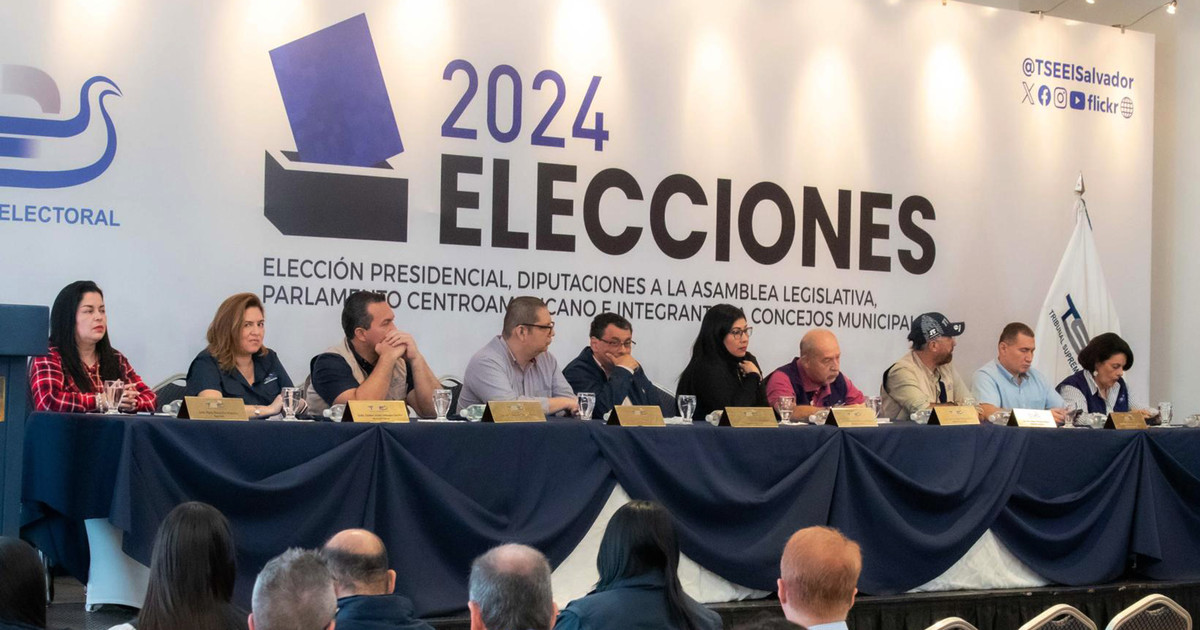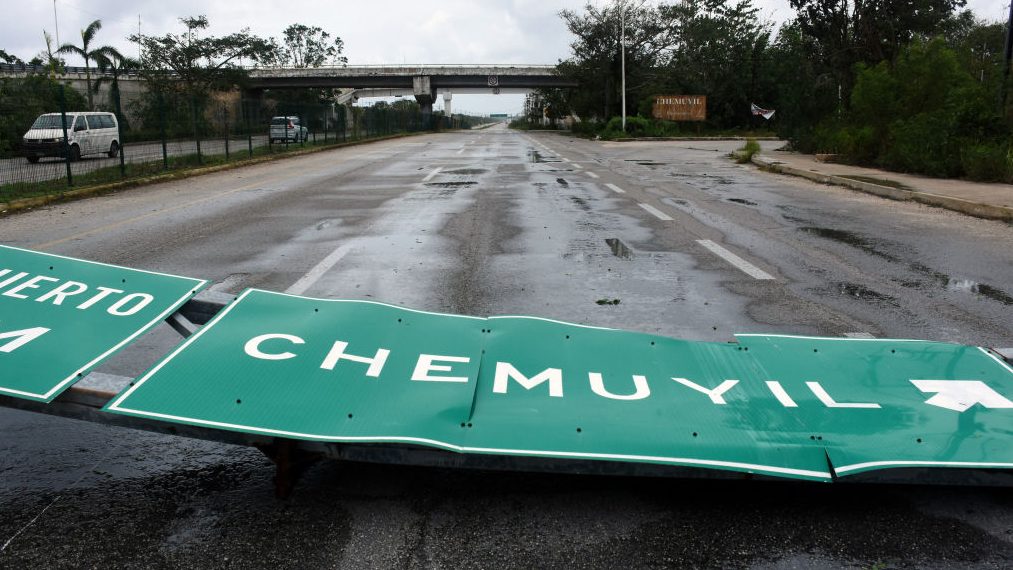International investigators say the Kherson torture centers were planned and funded by the Kremlin
Ihor says he was stabbed in the legs by a Taser at a Russian detention center in Kherson Credit: Vasco Godovio/CNN
Standing outside a Russian detention center in Kherson days after the city was liberated, Ihor, 29, still shakes at what he went through.
“They kept me here for 11 days, and during that time I heard screams from the basement,” said Ihor, who asked CNN not to give his last name for his protection. “They stabbed my legs with a taser, which they use as a welcome. One of them asked why they brought me, and two others started hitting me in the ribs.
“People were tortured, beaten on the hands and feet with sticks, cattle prods, attached to batteries and electrocuted,” he added.
Kherson was the first major city and the only regional capital that Russian troops were able to capture from the beginning of the invasion. Moscow’s forces captured the city on March 2, 2022, and held it for several months before being forced to withdraw in early November after a months-long offensive by Ukrainian forces.
The detention center was part of a network of at least 20 facilities that Ukrainian and international prosecutors say are part of a calculated Russian strategy to extinguish Ukrainian identity.
“These detention centers are connected, they operate in a similar fashion,” said Wayne Jordash, head of the Mobile Justice Group, a coalition of international investigators that supports Ukraine’s attorney general’s office.
The investigation found that Russian forces followed a very specific plan in the various occupied territories, with clear patterns pointing to the general plan of Moscow’s occupation of Ukraine.
“The first step, basically, is arresting and, in many cases, killing a class of people who are labeled ‘leaders,’ meaning those who are physically resistant to the occupation but culturally resistant to it,” Zordash said.
“The second phase is a sort of filtering process, where people outside the detention centers are constantly monitored and filtered, so anyone suspected of being in contact with ‘leaders’ or involved in organizing any kind of resistance is then identified and deported to Russia or detained in detention centers and tortured.”
Zordash said these methods were used not only in Kherson, but also in other areas occupied by Russian forces, such as Bucha and Borodianka, in the Kyiv suburbs. However, the long occupation of Kherson allowed Russian forces to advance further.
Ukrainian and international investigators say they have uncovered financial links linking these detention centers to the Russian government.
“Those detention centers have financial ties to the Russian government,” Zordash said, citing documents found by investigators. “These financial documents show that the civil administration is funded by Russia and funds the detention centers, so it has very clear patterns and clear links.”
The CNN investigation was unable to independently review the documents cited.
Continue reading here.





:quality(75)/cloudfront-us-east-1.images.arcpublishing.com/elcomercio/36BTPRCUBZG6JJD5RPEAB56INE.jpg)